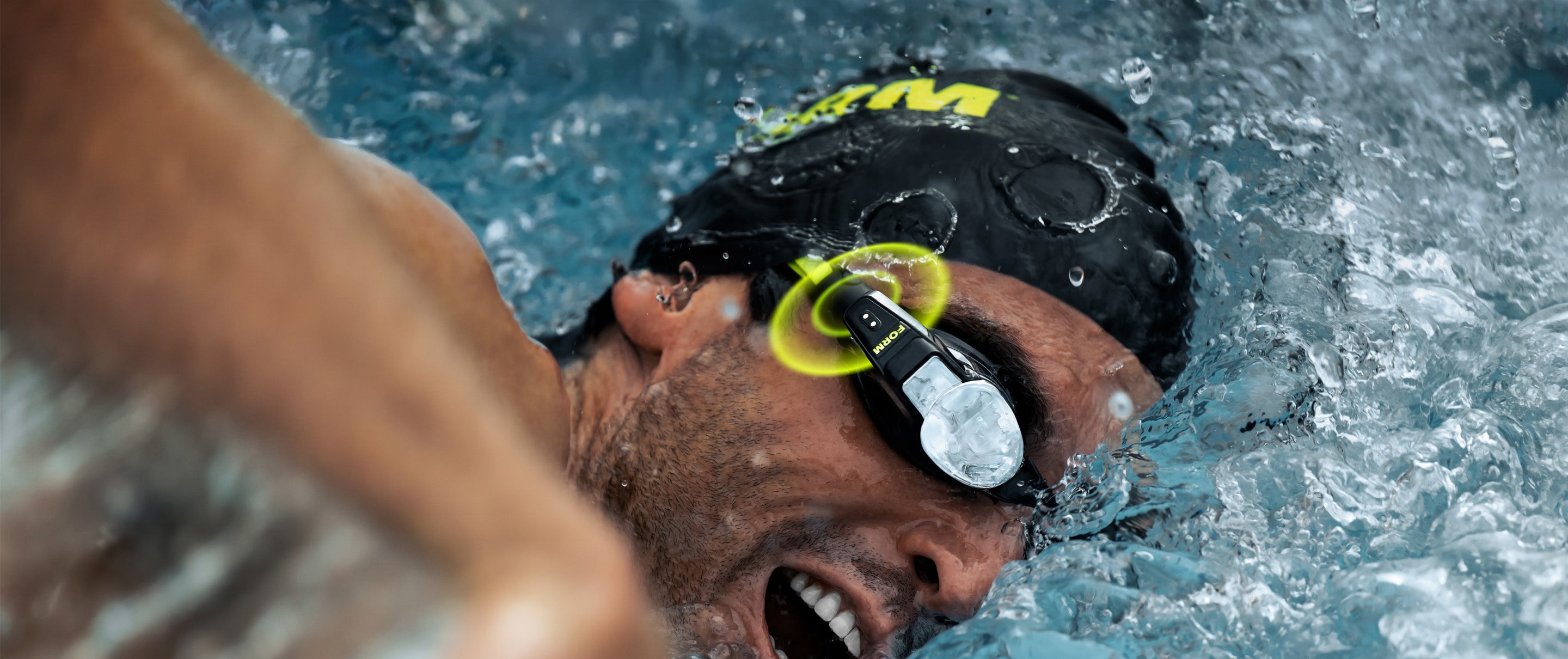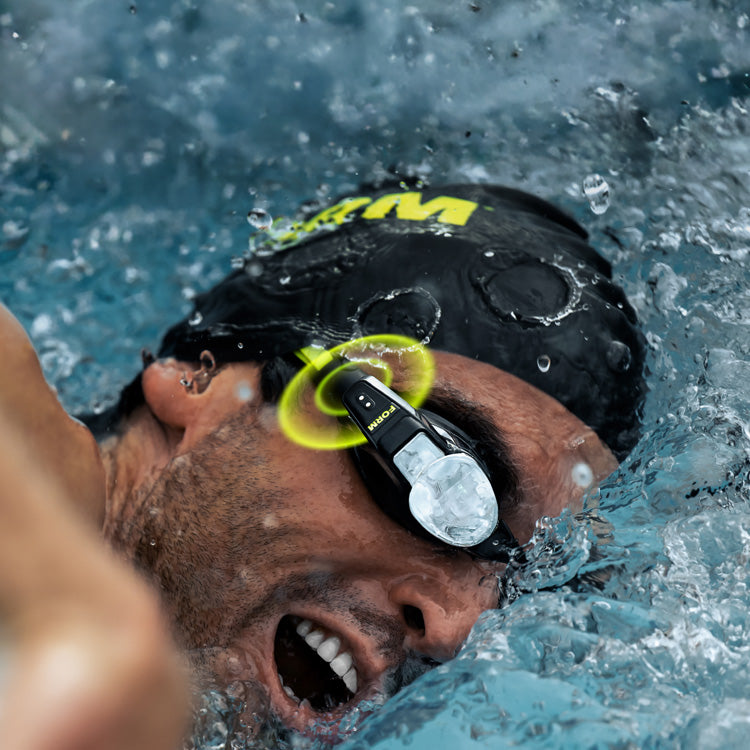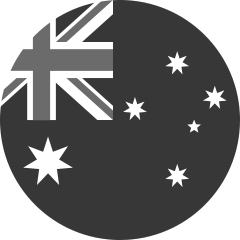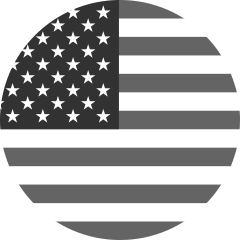Your Guide to Setting Your Heart Rate Training Zones to Elevate Your Swim Training
Measuring your training intensity during your workouts is a vital part of planning your success as an athlete. Tracking your Heart Rate is a common way for many athletes to accurately measure their intensity in the midst of their training.
This article will highlight the importance of using Heart Rate during your swim training, how to monitor your Heart Rate, Heart Rate Training Zones for swimming and how to measure your max Heart Rate.
Importance of Using HR in Your Swim Training
Tracking your Heart Rate during your training will help you in 3 major ways:
1. Evaluating your current fitness level
At the start of your training, you may find that you can swim well for a short distance, but your heart rate climbs very quickly the further you swim. As you train and get more fit, your heart rate will not just be lower at the start of your swimming, but will stay lower as you swim further.
2. Ensuring proper recovery
After you have completed a hard race, it is important to have a proper warm down to recover from your race. Watching your Heart Rate decrease while you warm down will help you ensure that you are recovering effectively, which will help you return to training in a safe way
3. Personalizing your training program
When you are making a heart rate zone training plan, it is important to ensure that your training is in line with your goal, and tracking your heart rate will ensure that you stay on track. For example, if you are training for a triathlon, you will want to maintain a low heart rate for longer distances. In contrast, if you want to maximize your speed for a 100m race, you will need to train at a high intensity more frequently.
By monitoring your Heart Rate throughout your workouts, you will be able to ensure that your workouts are more effective for your personal training needs.
Monitoring Your Heart Rate While Swimming
It is notoriously difficult to accurately monitor your Heart Rate while you are swimming. Using chest- or wrist-based (such as watches) heart rate monitors are difficult to use when swimming because your moving body through the water can move the monitor itself. This leads to inaccurate and inconsistent readings, in addition to being uncomfortable to use.
With the Smart Swim 2 goggles from FORM, there is a heart rate monitor that is built-in to the goggles so that you can accurately measure your heart rate and monitor it in real-time in the goggles. You can still track your Heart Rate with the Smart Swim 1 goggles by attaching a Polar Verity or OH1 to the goggle strap.

Tracking your Heart Rate regularly and accurately will help you plan workouts that are more effective and help you achieve your goals in the water.
Introduction to Heart Rate Training Zones
It is important to understand how your Heart Rate reflects different levels of intensity and how those intensities will relate to your training goals. As noted above, athletes will have different priorities for their training intensity depending on the duration and effort level required for their race. Using Heart Rate Training Zones will help you identify what your Heart Rate should be in order to match your intensity to the goals of your training.
The table below serves as a simple introduction to Heart Rate Training Zones in order to start planning your training:

Understanding these training zones is a good start to helping you personalize your training in order to match the intensity demands of the race you are preparing for.
While this is a good starting point, there are other models for training methodology using Heart Rate training zones. What they have in common though is the need to know what your Maximum Heart Rate (Max HR) is. This is a key step to personalizing your Heart Rate Training Zones to you in order to fit your training specifically to your needs.
Getting your MAX Heart Rate For Swim Training
There are a variety of ways to get your Max Heart Rate. Here are 3, from simple (but not personalized) to more complex but more accurate for you as an individual.
1. Calculate Max HR based on Age
Calculating your Max HR based on your age is a simple way to get your Max HR in order to set your Training Zones. The most common calculation to get your Max HR is:
220 - Your Age
As simple as this is, this calculation has been shown to be the most accurate when compared to the *actual* Max Heart Rate of athletes in larger populations1. However, using this, or any other, age-based calculation to get your Max HR does not take into account individual differences, such as gender and fitness level.
In addition, your Max Heart Rate while swimming is very likely to be different from your Max Heart Rate on land. As a result of your body floating horizontally in the water, your Max Heart Rate in the water is typically 10-15 beats per minute (BPM) lower than your Max Heart Rate on land2.
Without actually testing for your Max Heart Rate, this can serve as a good starting point to begin your training.
2. Adjust your Max HR from other activities
If you know your Max HR from other activities, especially aerobic based sports like running and biking, this will at least give a baseline that is personal to you. Similar to age-based calculations, it is likely that your Max HR will be 10-15 BPM lower for swimming than it will be for land-based exercise.
However, the better you are at swimming, the likelihood that the difference is even less, may be as little as 5 BPM. This can be highly variable based on the background of the athlete and thus shows the importance of getting your Max HR specifically for swimming.
3. Testing your Max Heart Rate for Swimming
As daunting as it may seem, the best way to ensure that you get an accurate Max Heart Rate to define your Training Zones is to test for it. The best way to do this is to do a training set that is akin to a Ramp Test used for running or cycling;
- Do a long set of intervals, that are the same distance, that will take 15-20 minutes to complete
- Increase your intensity gradually through the set
- Finish the set with a maximum effort that will elicit your Max Heart Rate
For swimmers that use FORM Smart Swim Goggles, there are guided workouts that will guide you through a set of increasingly intense 50’s, 100’s or 200’s that will help you find your Max HR.
With a connected Polar Verity or OH1, your Heart Rate data from the set will be saved automatically and you will be able to find your Max Heart Rate in your Swim Details.
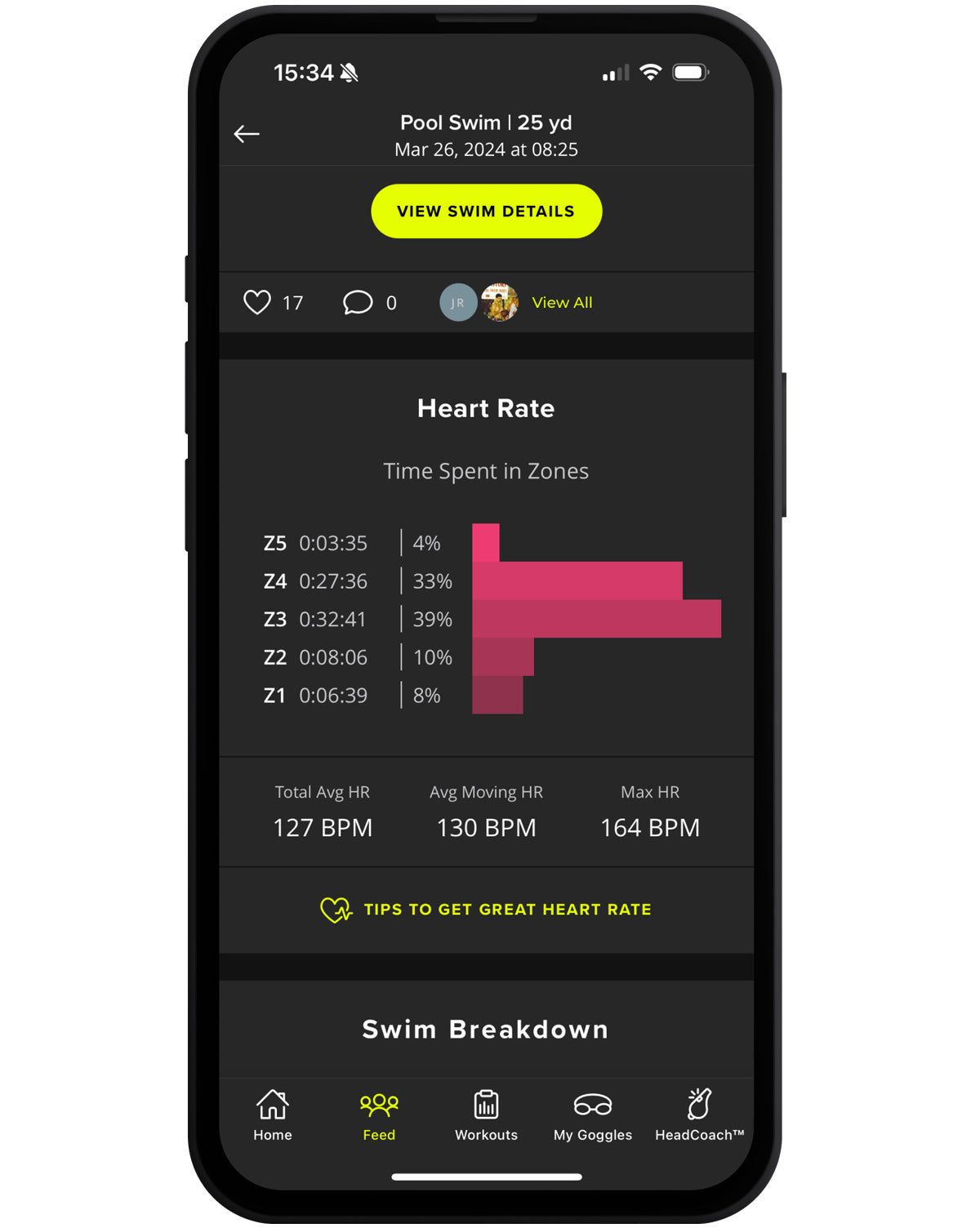
The actual interval sizes for the test (50’s, 100’s or 200’s) is less important than being able to give your best effort at the end of the set, so make sure you have been active in the water and rested for a great workout3.
Once you have found your Max Heart Rate, you can monitor your Heart Rate and utilize your Heart Rate Training Zones to improve your training using Heart Rate and use Heart Rate to prepare for your races.
References
- She, J., Nakamura, H., Makino, K. et al. Selection of suitable maximum-heart-rate formulas for use with Karvonen formula to calculate exercise intensity. Int. J. Autom. Comput. 12, 62–69 (2015). https://doi.org/10.1007/s11633-014-0824-3
- DiCarlo, L. J., et al. Peak heart rates during maximal running and swimming: implications for exercise prescription. International Journal of Sports Medicine 12.03 (1991): 309-312.
- Olstad, B.H., Bjørlykke, V., Olstad, D.S. Maximal Heart Rate for Swimmers. Sports 2019, 7, 235. https://doi.org/10.3390/sports7110235
